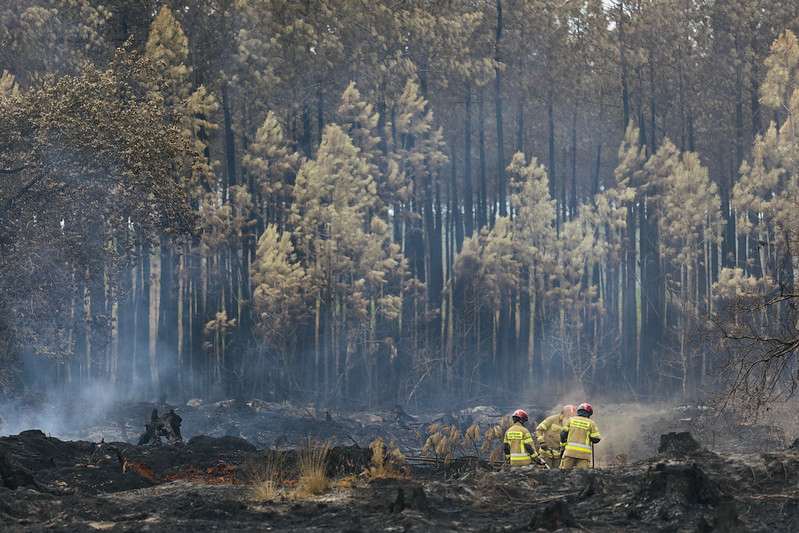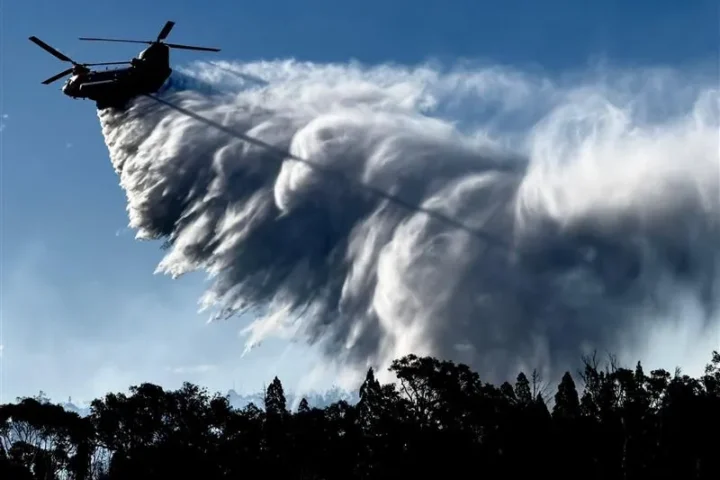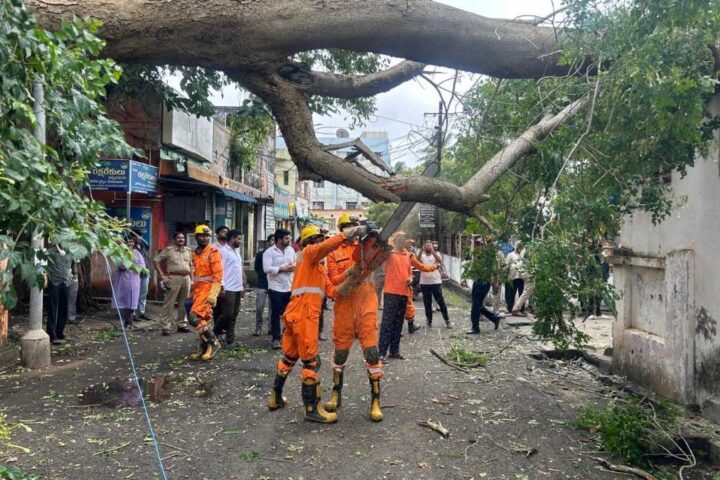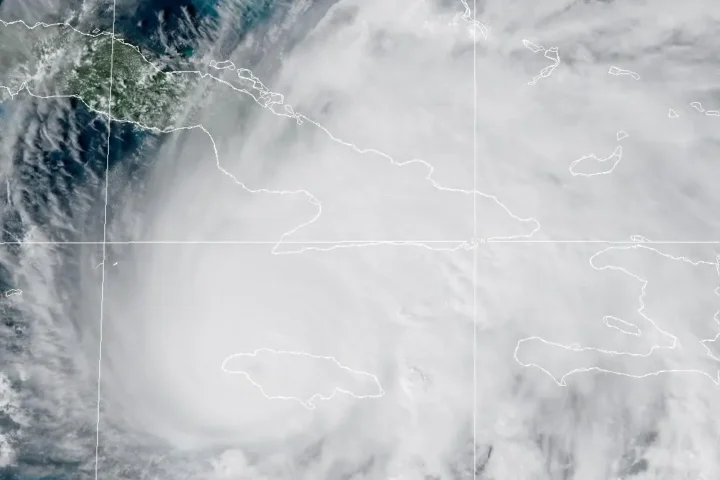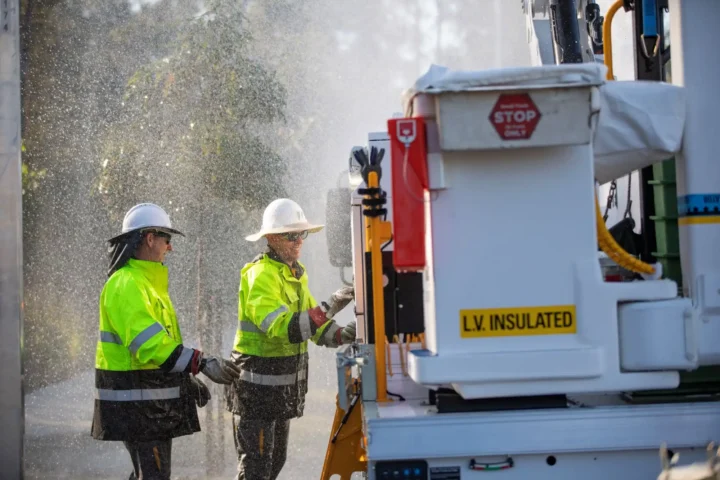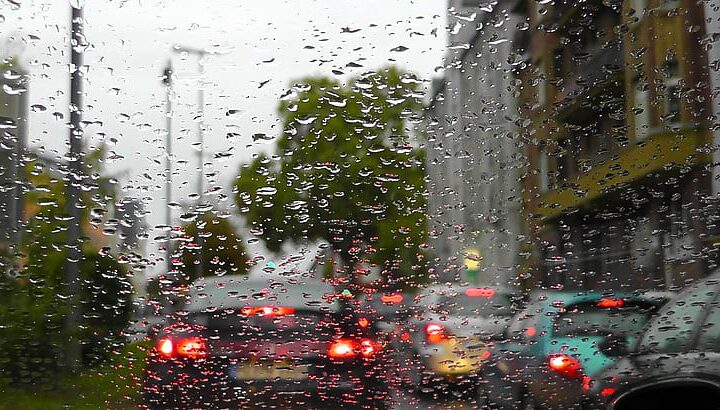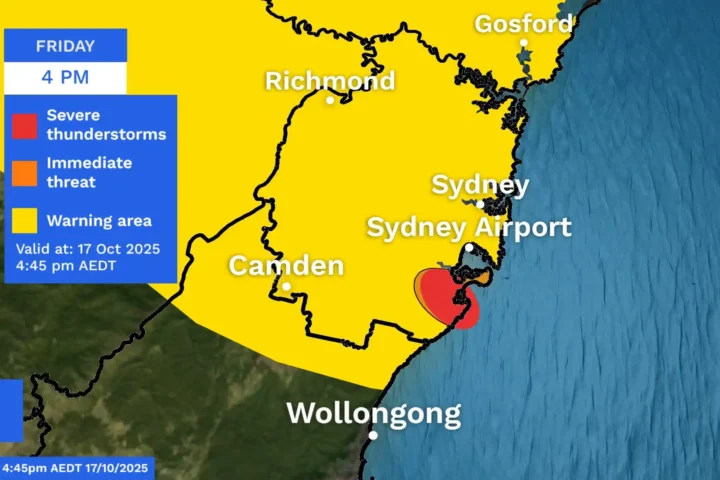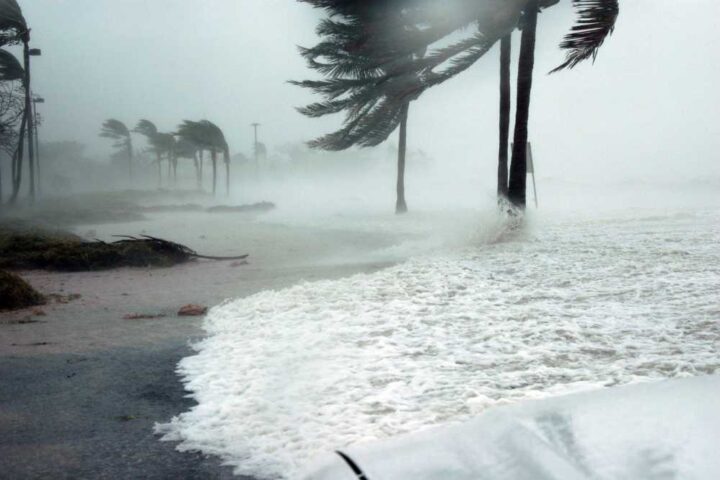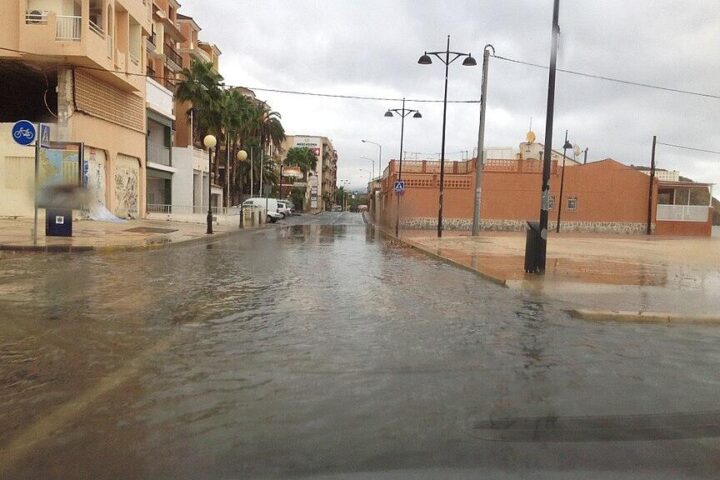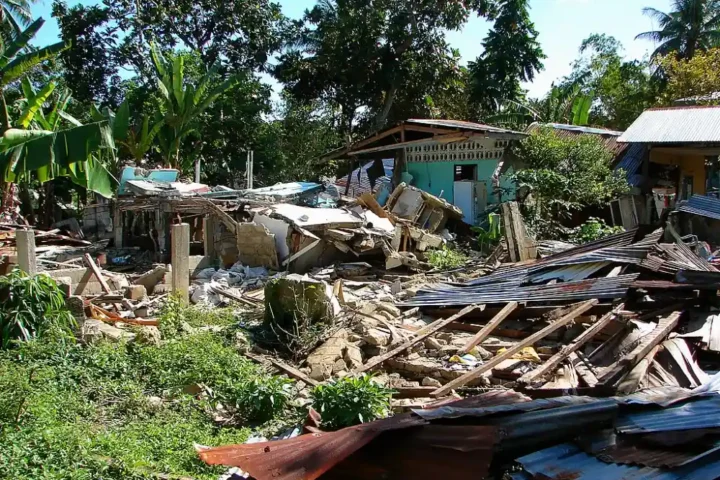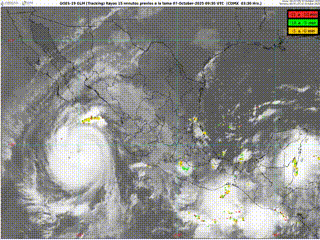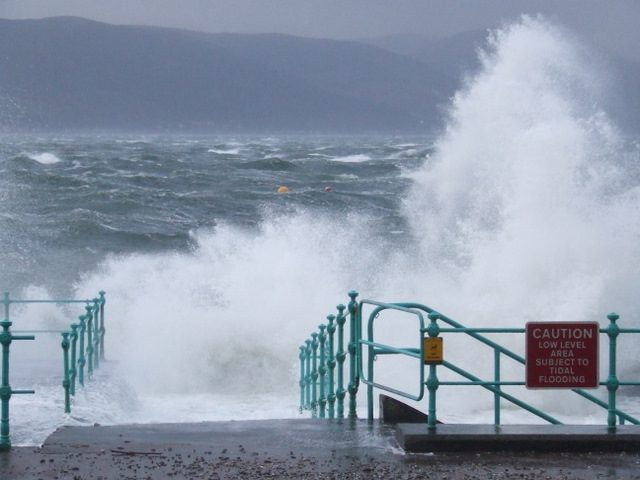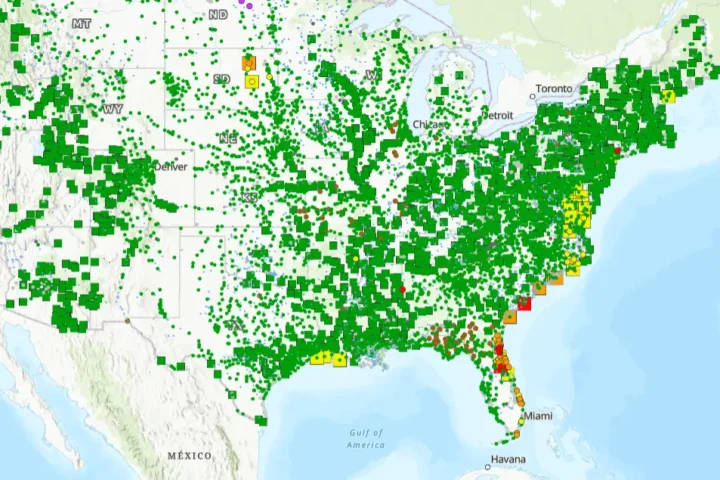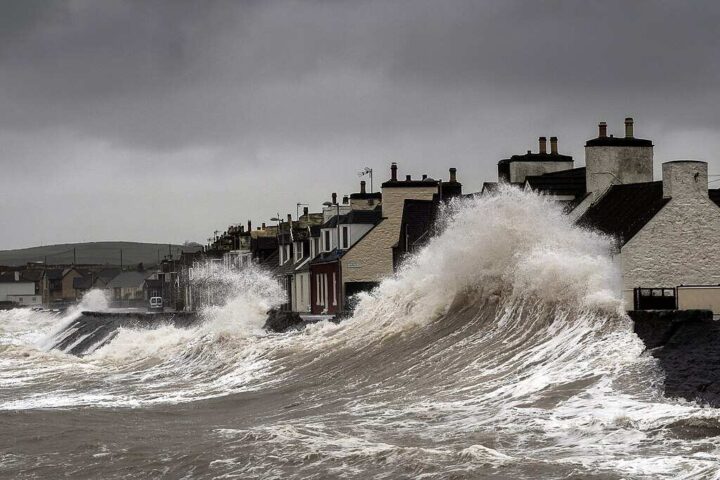A massive wildfire that tore through southern France’s Aude region has been contained after burning more than 17,000 hectares (42,000 acres) of land – an area larger than Paris. The blaze, which began on Tuesday near the village of Ribaute, is France’s largest wildfire since 1949.
One person died in their home in Saint-Laurent-de-la-Cabrerisse despite evacuation attempts, and 13 others were injured, including 11 firefighters. Two of the injured remain in critical condition.
“The fire is contained,” announced Lucie Roesch, secretary general of the Aude prefecture late Thursday. However, officials warned the situation remains fragile.
“We still have a few days before we can say that the fire is completely out,” cautioned Christian Pouget, prefect for Aude. “The battle is not over yet.”
More than 2,000 firefighters, supported by 500 vehicles, 14 helicopters, and 25 water-tanker aircraft worked around the clock to bring the blaze under control. The European Union also provided additional aerial support.
The fire swept through 15 communes in the Corbières mountain region, destroying or damaging at least 36 homes. In Jonquières, Mayor Jacques Piraud reported that 80% of the village was burnt.
“It’s dramatic. It’s black, the trees are completely charred,” Piraud told Le Monde newspaper.
The region’s economy, which relies heavily on winemaking and tourism, has been severely impacted. Officials estimate 80% of local vines were either destroyed or damaged, with between eight and nine square kilometers of vineyards burned.
“The vineyards are burnt and the landscape is gone,” said Batiste Caval, a seventh-generation winemaker near Saint-Laurent-de-la-Cabrerisse. Even grapes that survived may be too smoke-tainted to produce quality wine.
Prime Minister François Bayrou, who visited the region on Wednesday, described the blaze as a “catastrophe on an unprecedented scale” and linked it to climate change and drought.
Similar Posts
Environment Minister Agnes Pannier-Runacher echoed this connection, telling France Info radio: “It is a fire that is clearly a consequence of climate change and drought in this region.”
The combination of strong winds, dry vegetation, and hot summer weather drove the fire’s rapid advance. The Aude department has seen an increase in burned areas in recent years, worsened by low rainfall and the removal of vineyards, which previously helped slow fire progression by acting as natural firebreaks.
Southern Europe has faced multiple large fires this summer. Scientists warn that climate change is making the region more vulnerable to wildfires by increasing both the frequency and intensity of heat and drought conditions.
Europe is warming at twice the speed of the global average since the 1980s, according to the European Union’s Copernicus Climate Change Service.
Although the fire is now contained, authorities have banned access to the devastated forests until at least Sunday, warning that fallen electricity lines and other hazards make the roads too dangerous.
Residents who were forced to flee are being housed in emergency shelters across 17 municipalities and have been urged not to return home while operations continue.
